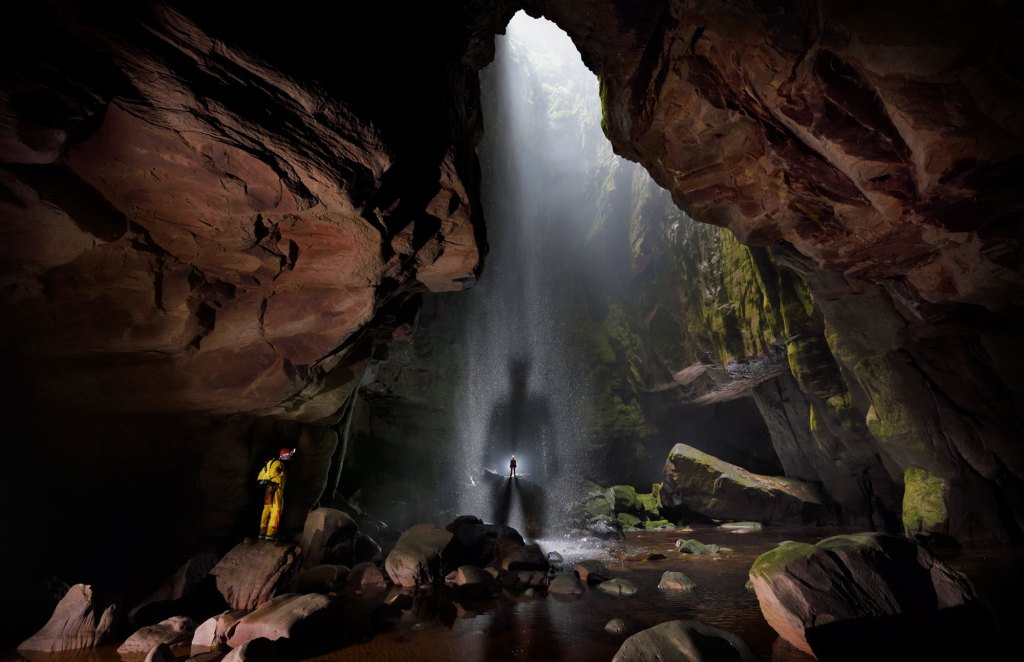Caves have always been a source of fascination and mystery for humans. From ancient myths to modern-day exploration, these underground wonders continue to captivate our imagination. In this article, we will delve into the history of cave exploration and highlight some famous spelunkers who have pushed the boundaries of human curiosity.
The practice of exploring caves, known as spelunking or caving, dates back thousands of years. Early humans sought shelter in these natural formations, using them as temporary homes or hiding places from predators. Cave paintings discovered in various parts of the world give us a glimpse into their lives and beliefs.
As civilization advanced, so did our desire to explore deeper into the earth’s crust. In 1689, Marcel Loubens became one of the first documented cave explorers when he ventured into Grotte de Montespan in France. This marked the beginning of organized cave exploration with scientific purposes.
In the late 18th century, Giovanni Battista Belzoni gained fame as an adventurer and Egyptologist but also made significant contributions to cave exploration. Belzoni explored numerous Egyptian tombs and temples during his expeditions and even discovered several previously unknown chambers within them.
During the 19th century, many notable spelunkers emerged on both sides of the Atlantic Ocean. Brothers Edouard-Alfred Martel (France) and Edmund Boles (USA) are considered pioneers in modern speleology – the scientific study of caves. They developed systematic methods for mapping caves and contributed greatly to our understanding of their formation processes.
Perhaps one of the most famous names associated with cave exploration is Floyd Collins. In 1925, Collins became trapped inside Sand Cave in Kentucky while trying to discover new passages for tourists. The rescue efforts captured national attention but tragically ended with Collins’ death after being trapped for almost two weeks.
Moving into more recent times, Bill Stone is renowned for his innovative techniques applied in cave exploration. Stone’s engineering background led him to develop specialized equipment for deep and underwater caves. He has explored some of the world’s most challenging caves, including Chevé System in Mexico – one of the deepest cave systems on Earth.
Apart from their scientific value, caves also hold immense cultural and mythological significance. Many ancient civilizations believed that these subterranean realms were portals to other worlds or inhabited by deities and supernatural beings.
For example, in Greek mythology, Hades, the god of the underworld, resided in a cave beneath Mount Olympus. The Cave of Zeus on Mount Ida in Crete is said to be where Zeus was born and hidden from his father Cronus.
In Hindu mythology, various legends are associated with caves as well. The Elephanta Caves near Mumbai are dedicated to Lord Shiva and are considered sacred by Hindus. It is believed that Shiva once meditated inside those very caverns.
These mythical connections have given rise to a modern phenomenon known as urban exploration or urbex. Urban explorers seek out abandoned buildings and hidden spaces within cities but have now expanded their interests to include caves as well. Websites like Atlas Obscura feature stories about these mystical underground locations around the world.
Cave exploration continues to push the boundaries of human endeavor – both scientifically and culturally. Whether it’s unraveling geological mysteries or uncovering ancient myths, spelunkers play an essential role in expanding our knowledge about this fascinating underground realm that has captivated us throughout history.

Leave a comment